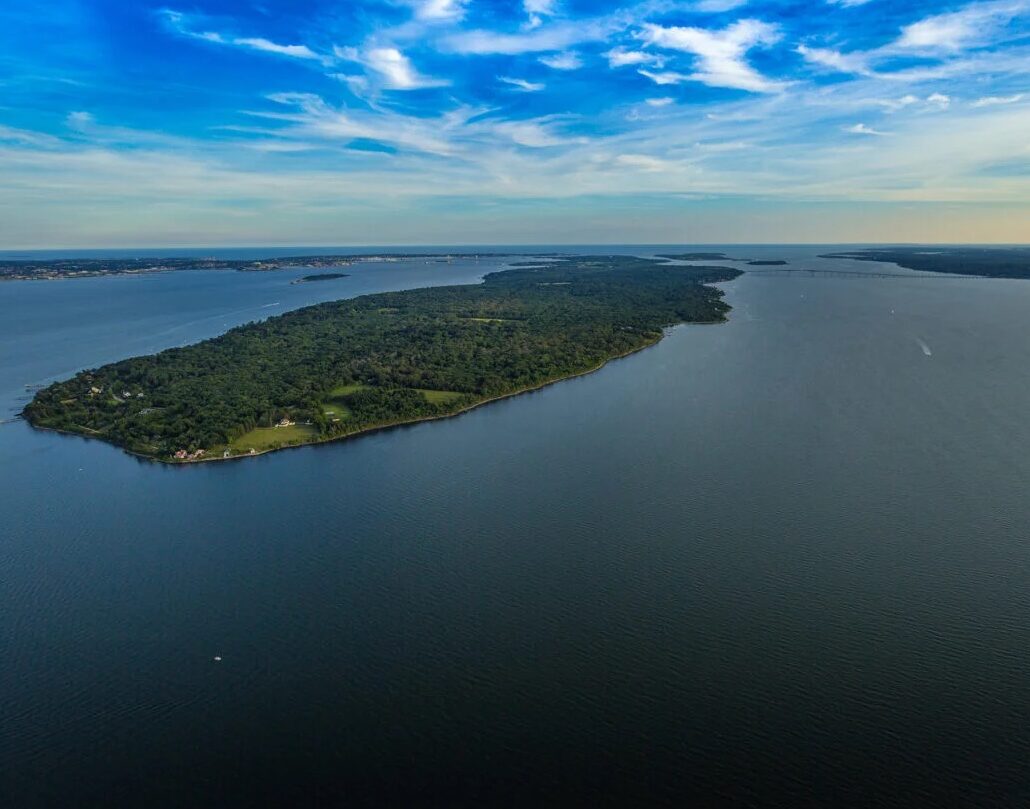Long-term declines, half of prior numbers, revealed in new 60-year study
May 15, 2024
URI researchers estimate that in Narragansett Bay, the level of tiny plantlike creatures called phytoplankton has dropped by half in the last half century, based on new analysis of a long-term time series study of the bay.
That’s what a new paper published by the University of Rhode Island’s Graduate School of Oceanography (GSO) reports — news, recently uncovered, that is both surprising and concerning.
Analyzing the full time series of the bay, the research team found that phytoplankton biomass in Narragansett Bay declined by a stunning 49% from 1968 to 2019. The intensity of the winter-spring bloom, which starts the annual cycle of productivity in the Bay, decreased over time and is also occurring earlier each year.
URI’s new study in PNAS (Proceedings of the National Academy of Sciences) shares information from one of the longest plankton time series in the world. The subject of study is not only a destination for generations of Rhode Islanders and tourists but a fruitful site of research for oceanographers at URI’s Narragansett Bay Campus.
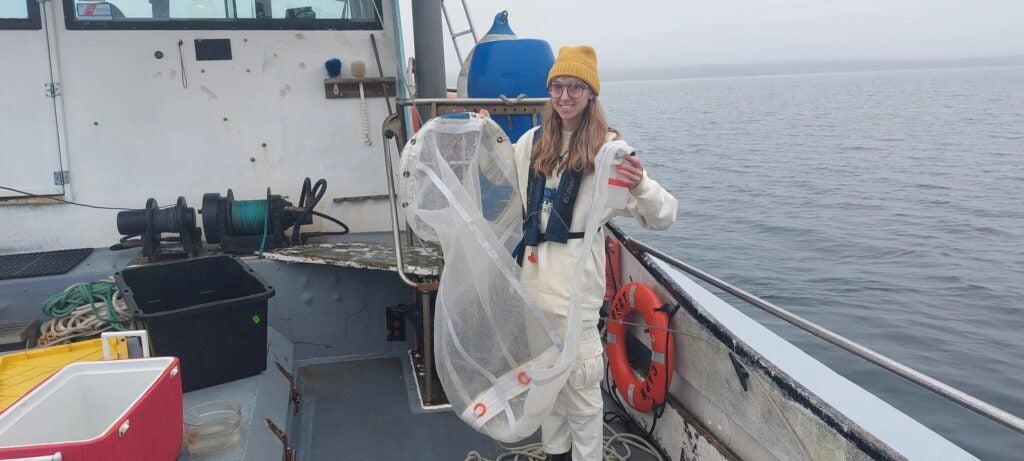
“A lot of people live, work and play on the shores of Narragansett Bay,” Oceanography Professor Tatiana Rynearson says, providing key goods and services for the nearly 2 million people who inhabit its watershed. Even in the dense Northeast, Narragansett Bay stands out as a well-used body of water. The bay sits between regions of cold winters and warm summers, Arctic waters to the north and warm waters to the south, existing at a bit of a scientific sweet spot that offers researchers a dynamic environment to study.
At the Bay Campus, Rynearson and colleagues have been looking closely at changes to phytoplankton in the bay. Their new study represents the first such study of Narragansett Bay, offering a baseline look at changes occurring there since 1957.
Much has changed around the bay since then, and in it, too.
Rynearson has directed the Narragansett Bay Long-Term Plankton Time Series since 2008. Years of accumulated data existed on paper in a locked storage room. Digitizing those files (pre-1997) was a longstanding goal of hers, and so she and her team transferred those data snapshots of Narragansett Bay from the analog 1960s through the ’90s, eventually gaining a complete dataset of long-term information on the bay.
“There’s so much value in this one-of-a-kind data, which had been sitting in holding over the decades,” she says. “Now we have all this beautiful data in a form we can better access and share with the world.”
Rynearson credits lead author and former URI postdoctoral fellow Patricia Thibodeau (now at the University of New England) with bringing the data backlog into the digital age, a painstaking process that took almost a year. Once fully digitized, it was time to assess the results, with collaborator Gavino Puggioni in URI’s Department of Computer Science and Statistics.
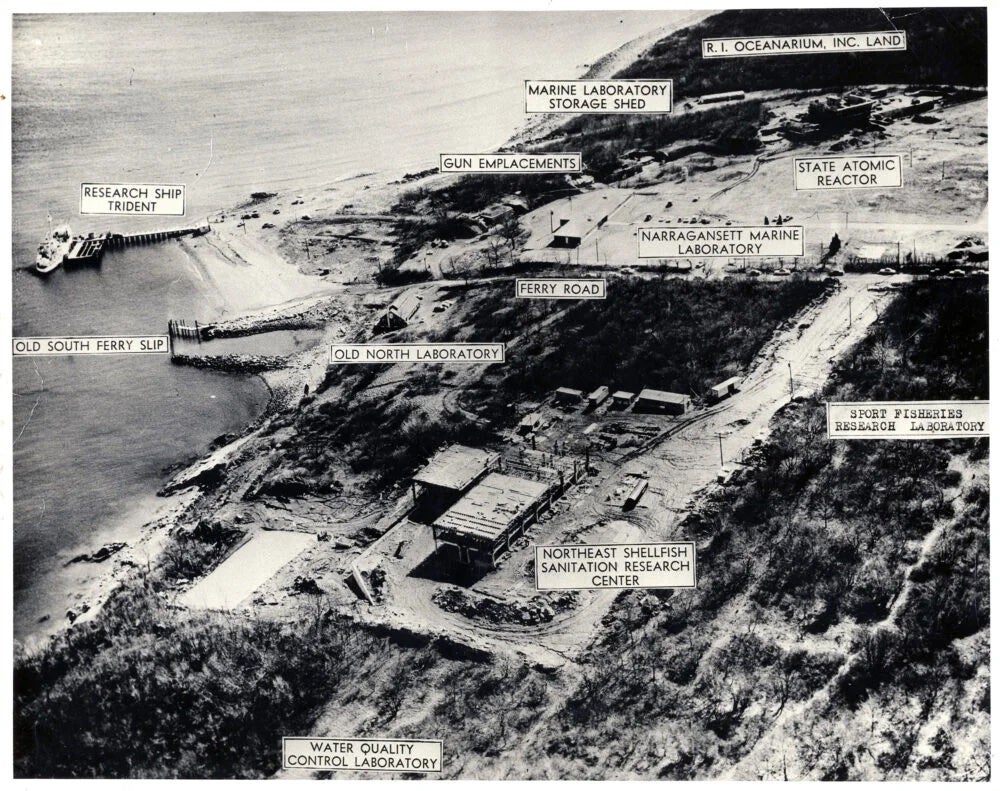
Study of URI water surveys in recent decades indicate dramatic change to Narragansett Bay, including that phytoplankton biomass in Narragansett Bay has declined by 49%. 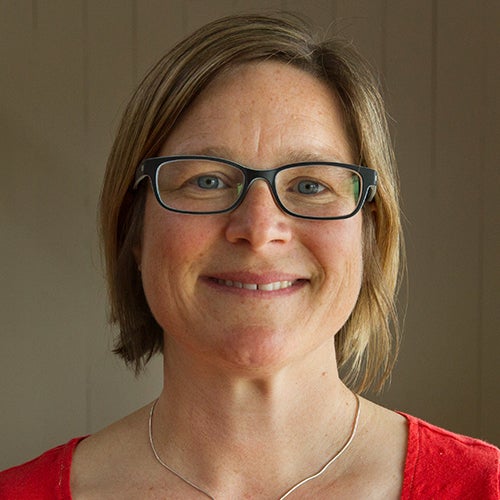
Tatiana Rynearson directs the Narragansett Bay Long-Term Plankton Time Series, which provides a unique 60-year perspective on Narragansett Bay.
They shared their results with David Borkman (Ph.D. ’02) at Rhode Island’s Department of Environmental Management, who collected study samples when he was a student and later post-doc at URI. Borkman is now the principal environmental scientist in shellfish water quality at DEM, conducting water analysis for the state.
“The plankton time series is extremely valuable,” he says.
The time series provides useful context on phytoplankton abundance and community composition during a period of climate change and nutrient change in Narragansett Bay. Borkman notes that this long-term phytoplankton information is especially useful when unusual events occur, like the 1985 ‘brown tide’, occasional summer ‘rust tides’, and the 2016-2017 bloom of Pseudo-nitzschia, a type of phytoplankton that can cause harmful algal blooms (HABs). The weekly observations of bay phytoplankton are thus an important component of Rhode Island’s efforts to monitor HABs.
Phytoplankton plummeting — and blooming earlier
‘Primary producers’ in the marine environment, phytoplankton are small in size but big in impact, fueling local food webs, indicating environmental quality and pointing toward climate trends. The local declines mirror those observed elsewhere in the Gulf of Maine, Australian coast and Black Sea.
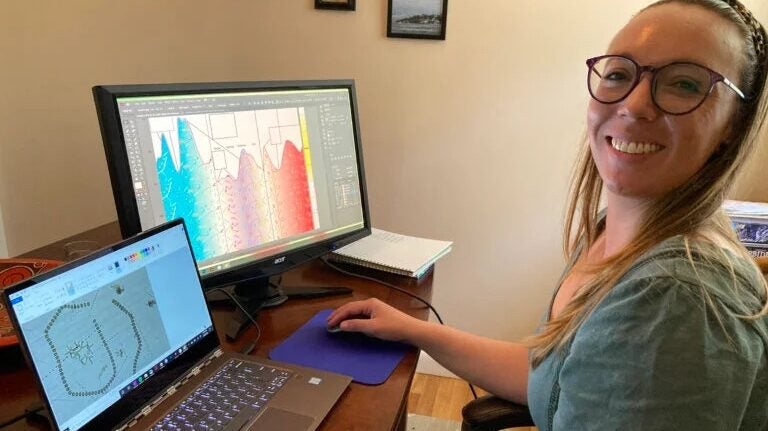
One possible silver lining is that variability in phytoplankton biomass may point to resilience in the face of climate change. Researchers hope to examine such trends further, highlighting the need to sustain such marine time series in coming decades.
Rynearson is looking forward to sharing the new research with the scientific community, as well as the public; she describes the impact and importance of phytoplankton by asking a visitor to picture the microscopic organisms like grass on the African savannah. All the animals rely on the grass, she says. Similarly, phytoplankton are key to the survival of all of the organisms in the bay.
“Phytoplankton are a key food source,” she says, “so this decrease we’re seeing is important.”
The winter-spring phytoplankton bloom kicks it all off early in the year, the start of the annual feeding cycle in the bay. The bloom provides nutrients to many animals, including those coming out of hibernation. Now researchers can also see that the bloom is happening five days earlier every decade.
“This event has a big impact,” Rynearson says, “and its timing is important; changes in the ecosystem are very delicate. Everything acts in concert.”
As the timing launches a process of energy transfer through the food web, what could a potential mismatch mean?
Rynearson isn’t sure, noting that the first step is to understand what’s happening at the base of the food web; next will be to see how it tracks and what’s causing these changes.
The time series’ weekly data results are communicated to GSO and beyond, provided free to two dozen partners across the state at DEM, the Narragansett Bay Commission, nonprofit agencies and interested academic and government partners.
“This data is of interest to time series studies all over the world,” Rynearson says. “And now that we have information on the status of the phytoplankton at the bottom of the food web, we can set goals for collecting more information across the entire food web, while there is time to influence it.”
“People at URI are aware of the value of time series studies and the importance of funding them over time,” Rynearson says. “There’s so much we can do with this data. GSO’s commitment to the time series is invaluable for many reasons, including URI student training.”
And the time series continues each Monday morning, at 7 a.m., when the R/V Cap’n Bert heads out. A 53-foot stern trawler operated by URI’s Department of Fisheries, Animal and Veterinary Sciences, the Cap’n Bert sails out of Wickford Harbor weekly to capture the newest data point on the bay.
“We want this data from the bay to help tell the story of Narragansett Bay and be read by people in and around Rhode Island, the bay and beyond,” Rynearson says. “We want to get people interested. With more people knowledgeable, it’s possible to make a difference.”
This research is supported by the National Science Foundation and Rhode Island Sea Grant. To learn more, visit web.uri.edu/gso/research/plankton/.

